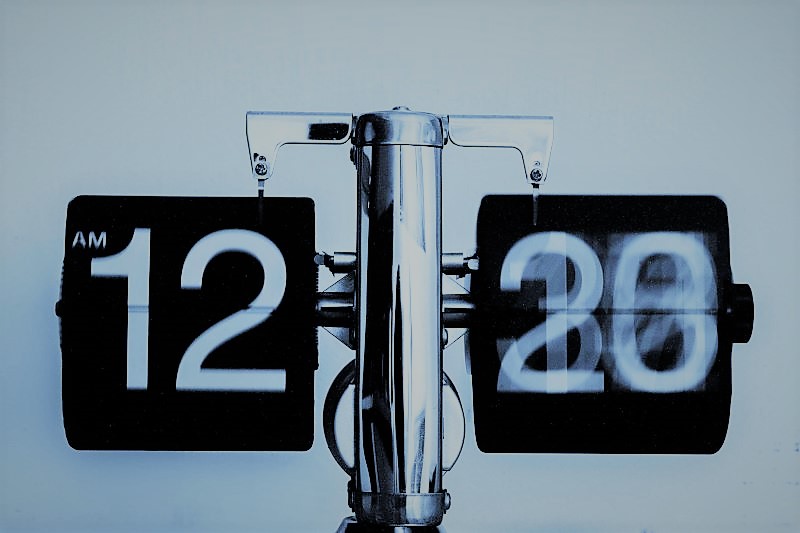Retaining Time: The Ever-Evolving World of the Calendar and Its Ongoing Relevance
Associated Articles: Retaining Time: The Ever-Evolving World of the Calendar and Its Ongoing Relevance
Introduction
With nice pleasure, we are going to discover the intriguing subject associated to Retaining Time: The Ever-Evolving World of the Calendar and Its Ongoing Relevance. Let’s weave attention-grabbing data and supply recent views to the readers.
Desk of Content material
Retaining Time: The Ever-Evolving World of the Calendar and Its Ongoing Relevance

The calendar. A seemingly easy software, but a cornerstone of human civilization, shaping our lives from private schedules to world commerce. From the earliest lunar cycles noticed by historical peoples to the delicate digital calendars we use in the present day, the evolution of this important instrument displays our ongoing quest to prepare, predict, and perceive the passage of time. However in a world of fixed change, the query stays: is our calendar actually up-to-date, and what challenges and alternatives lie forward?
The reply, unsurprisingly, is multifaceted. Whereas our Gregorian calendar, the dominant world normal, successfully serves its major operate of monitoring the passage of days, months, and years, it is not with out its shortcomings. Its inherent imperfections, stemming from the complexities of aligning a photo voltaic 12 months with a lunar cycle and the inherent irregularities of the Earth’s rotation, are always being addressed, albeit subtly, by means of leap years and different changes. The very idea of "up-to-date" within the context of a calendar requires a nuanced understanding of its objective and limitations.
The Historic Context: From Lunar Cycles to Photo voltaic Precision
To understand the present state of our calendar, it is vital to grasp its historic evolution. Early calendars have been largely lunar, based mostly on the cycles of the moon. These calendars, whereas intuitive of their connection to observable celestial occasions, lacked the precision wanted for agricultural planning and societal group on a bigger scale. The event of photo voltaic calendars, which tracked the Earth’s orbit across the solar, marked a big development. The Egyptian calendar, for instance, was a remarkably correct photo voltaic calendar, forming the premise for a lot of subsequent techniques.
The Roman calendar, nonetheless, was suffering from inconsistencies and political manipulation. Its chaotic nature prompted Pope Gregory XIII to introduce the Gregorian calendar in 1582, a reform that aimed to reconcile the calendar with the photo voltaic 12 months extra precisely. This reform concerned dropping 10 days from the Julian calendar and implementing a extra subtle intercalary year system, minimizing the accumulating error over time. The Gregorian calendar, with its comparatively correct approximation of the photo voltaic 12 months, grew to become the de facto world normal, adopted steadily by completely different nations over centuries.
The Gregorian Calendar: Strengths and Weaknesses
The Gregorian calendar’s success lies in its relative simplicity and widespread adoption. Its predictable construction facilitates scheduling, planning, and the coordination of actions throughout geographical boundaries. The constant sample of months and weeks permits for the institution of routines and the group of social and financial actions. This predictability is essential for the whole lot from agricultural cycles to monetary markets.
Nevertheless, the Gregorian calendar will not be with out its flaws. Its intercalary year system, whereas ingenious, does not completely align with the photo voltaic 12 months. The Earth’s rotation will not be completely uniform, and refined variations in its velocity trigger a slight discrepancy, accumulating over centuries. Which means the Gregorian calendar will steadily drift out of sync with the photo voltaic 12 months over extraordinarily lengthy intervals. Whereas this drift is negligible for sensible functions within the brief time period, it highlights the inherent limitations of any calendar based mostly on astronomical observations.
Moreover, the Gregorian calendar’s construction, inherited from its predecessors, is not universally optimum. The unequal size of months and the arbitrary division of weeks into seven days are remnants of historic conventions that do not essentially optimize effectivity or group. These inconsistencies can create challenges in scheduling and knowledge evaluation.
Past the Gregorian: Various Calendars and Proposals
The restrictions of the Gregorian calendar have prompted proposals for various calendar techniques. These vary from minor changes to radical reforms. Some proposals intention to create a extra symmetrical calendar with equal-length months and weeks, bettering scheduling effectivity. Others counsel incorporating extra exact astronomical knowledge to reduce the drift from the photo voltaic 12 months.
The World Calendar, for instance, is a perennial proposal aiming for a perpetual calendar with 12 months of 30 or 31 days, plus a single day or leap day added on the finish of the 12 months. This method eliminates the shifting dates of holidays and gives a constant construction for scheduling. Nevertheless, its widespread adoption faces vital cultural and sensible hurdles. The ingrained familiarity with the Gregorian calendar makes transitioning to a brand new system a posh and doubtlessly disruptive endeavor.
The Digital Age and the Calendar: Integration and Innovation
The digital age has profoundly impacted the way in which we work together with calendars. Digital calendars supply unparalleled flexibility and integration with different purposes. Reminders, scheduling instruments, time zone conversions, and collaborative options have remodeled how people and organizations handle their time. The power to synchronize calendars throughout a number of gadgets and share schedules seamlessly has revolutionized productiveness and communication.
Nevertheless, the digital realm additionally presents challenges. The proliferation of various calendar techniques and platforms can result in compatibility points and knowledge silos. Information privateness considerations associated to the storage and sharing of non-public scheduling data additionally necessitate cautious consideration.
The Way forward for Calendars: Adaptability and Integration
The way forward for the calendar is more likely to contain a mixture of incremental enhancements to the Gregorian calendar and the continued evolution of digital calendar applied sciences. Whereas an entire overhaul of the worldwide calendar system is unlikely within the close to future, refined changes and refinements will proceed to be made to keep up its accuracy and effectiveness.
The main focus will doubtless shift in the direction of higher integration of calendars with different applied sciences, resembling synthetic intelligence and machine studying. AI-powered calendar assistants may supply extra customized scheduling options, optimize assembly occasions based mostly on particular person preferences and availability, and proactively handle conflicts. Machine studying algorithms may enhance the accuracy of predictions and forecasts based mostly on historic scheduling knowledge.
Moreover, the rising interconnectedness of worldwide societies will necessitate higher standardization and interoperability of calendar techniques. The event of open requirements and APIs may facilitate seamless knowledge change and collaboration throughout completely different platforms and geographical areas.
In conclusion, the query of whether or not our calendar is "up-to-date" is a posh one. The Gregorian calendar, regardless of its imperfections, stays a remarkably efficient software for organizing time. Nevertheless, its limitations, coupled with the fast developments in digital applied sciences, necessitate a steady means of refinement and adaptation. The way forward for the calendar will doubtless contain a mixture of refined enhancements to current techniques and the combination of superior applied sciences to create extra environment friendly, customized, and interconnected methods of managing our time. The calendar, removed from being a static artifact of the previous, stays a dynamic and evolving instrument important to the functioning of recent society.








Closure
Thus, we hope this text has supplied precious insights into Retaining Time: The Ever-Evolving World of the Calendar and Its Ongoing Relevance. We hope you discover this text informative and useful. See you in our subsequent article!